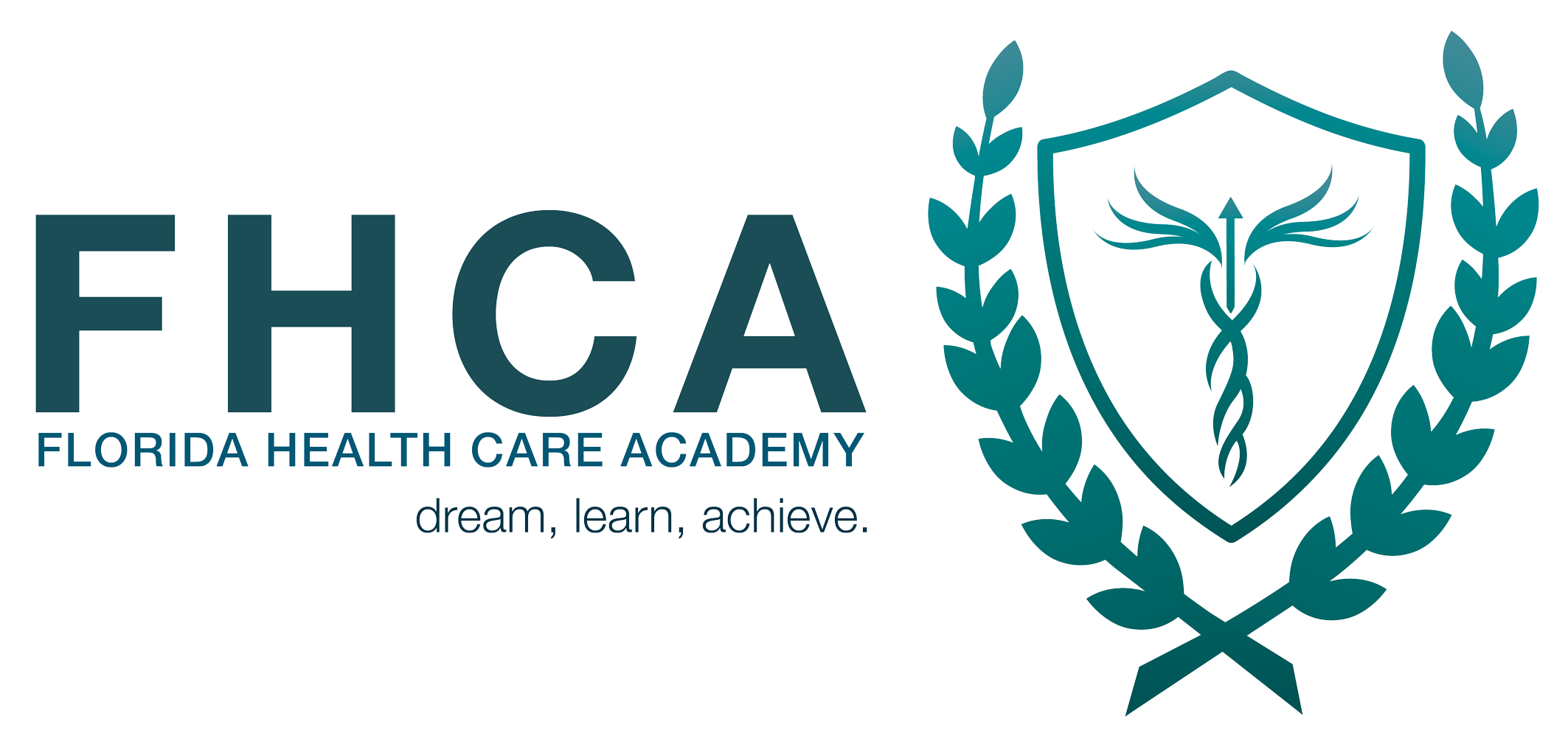
Ophthalmic Medical Assistant: Skills & Training
July 24, 2024
Medical Assistant Career Ladder: Explore Your Career Options
July 24, 2024Licensed Practical Nurse (LPN) vs. Medical Assistant

Choosing a career in healthcare involves careful consideration of various roles, each with its own set of responsibilities, educational requirements, and career prospects.
Among these roles, the positions of Licensed Practical Nurse (LPN) and Medical Assistant are particularly prominent. Both play vital roles in patient care, yet they differ significantly in their functions and paths to certification.
This article aims to delineate the differences and similarities between LPNs and the role of medical assistants, providing a comprehensive comparison to assist you in making an informed career choice.
What is the main difference between a licensed practical nurse and a medical assistant

The primary distinction between a Licensed Practical Nurse (LPN) and a Medical Assistant lies in their roles, responsibilities, and educational pathways.
Understanding these differences is crucial for anyone considering a career in healthcare.
For more information about career opportunities, you can explore what other jobs can a medical assistant apply for.
Medical assistant | Licensed practical nurse | |
Education | Completion of a state-approved nursing program (usually 1 year) | Completion of a medical assisting program (typically 9 months to 2 years) |
Certification | Must pass the NCLEX-PN exam to obtain licensure | Certification is optional but beneficial; exams include CMA (AAMA) or RMA (AMT) |
Duties | Provide basic patient care, administer medications, monitor patient health, assist with daily activities | Perform administrative and clinical tasks, such as taking vital signs, preparing patients for exams, drawing blood, and scheduling appointments |
Skills needed | Clinical skills, patient care techniques, medication administration, basic life support | Clinical skills, administrative skills, patient interaction, multitasking |
Work environment | Hospitals, nursing homes, long-term care facilities, outpatient clinics | Physician offices, outpatient clinics, hospitals, ambulatory care centers |
Salary (Median) | $48,820 per year | $37,190 per year |
Skills needed to become a LPN vs. a medical assistant
The medical assistant skills required for a Licensed Practical Nurse (LPN) and a Medical Assistant vary significantly due to their distinct roles.
LPNs need strong clinical skills, proficiency in patient care, technical proficiency with medical equipment, and excellent communication abilities to interact with patients and healthcare teams.
Job duties of a LPN vs. a medical assistant
The job duties of a Licensed Practical Nurse (LPN) and a Medical Assistant reflect their unique roles in the healthcare system.
LPNs primarily focus on providing direct patient care, including administering medications, monitoring patient health, and assisting with daily activities. They work closely with registered nurses and doctors, ensuring that patients receive comprehensive care.
Medical Assistants, on the other hand, perform a blend of clinical and administrative tasks. Clinically, they take vital signs, draw blood, and assist with examinations.
Administratively, they manage patient records, schedule appointments, and handle billing and insurance paperwork.
This combination of responsibilities allows Medical Assistants to support both the medical and administrative aspects of a healthcare facility, ensuring smooth operations and efficient patient care.
Educational requirements to become a LPN and medical assistant
To become a Licensed Practical Nurse (LPN), you need to complete a state-approved medical assistant program, typically lasting about one year, followed by passing the NCLEX-PN exam for licensure.
In contrast, aspiring Medical Assistants usually complete a medical assisting program, ranging from nine months to two years, which includes training in both clinical and administrative skills.
While certification is optional for Medical Assistants, obtaining credentials like CMA (AAMA) or RMA (AMT) can enhance job prospects.
Salary difference between a medical and a LPN and medical assistant
LPNs generally earn a higher median medical assistant salary in Orlando than Medical Assistants due to their direct patient care responsibilities.
Medical Assistant roles often include more clerical work, such as scheduling appointments. Despite the salary difference, the Bureau of Labor Statistics (BLS) projects higher employment growth for Medical Assistants.
Job outlook of a LPN and medical assistant
The job outlook for both Licensed Practical Nurses (LPNs) and Medical Assistants is positive, they are both the highest paid medical assistant specialties, but there are some differences.
The Bureau of Labor Statistics (BLS) projects steady employment growth for LPNs due to the ongoing demand for healthcare services, particularly in long-term care and outpatient settings.
Medical Assistants, however, are expected to see even higher employment growth, driven by an increasing need for preventive care and the expansion of healthcare facilities.


